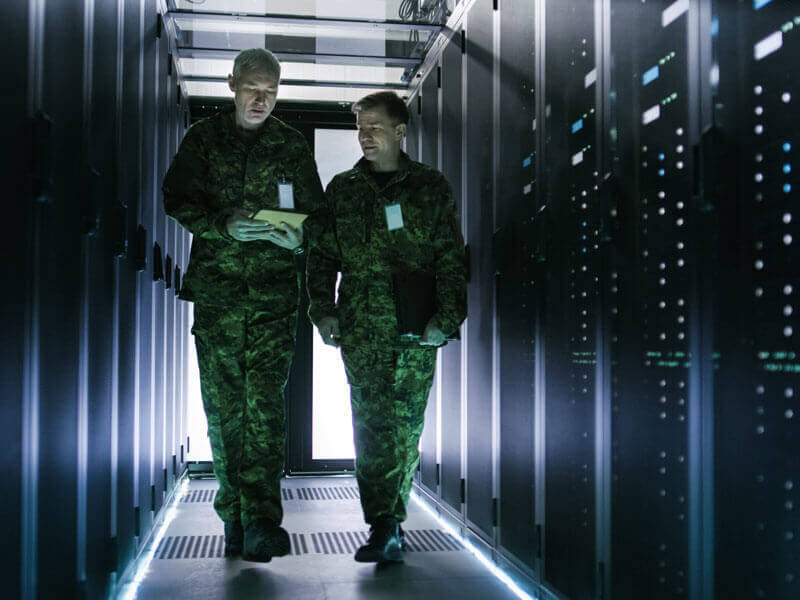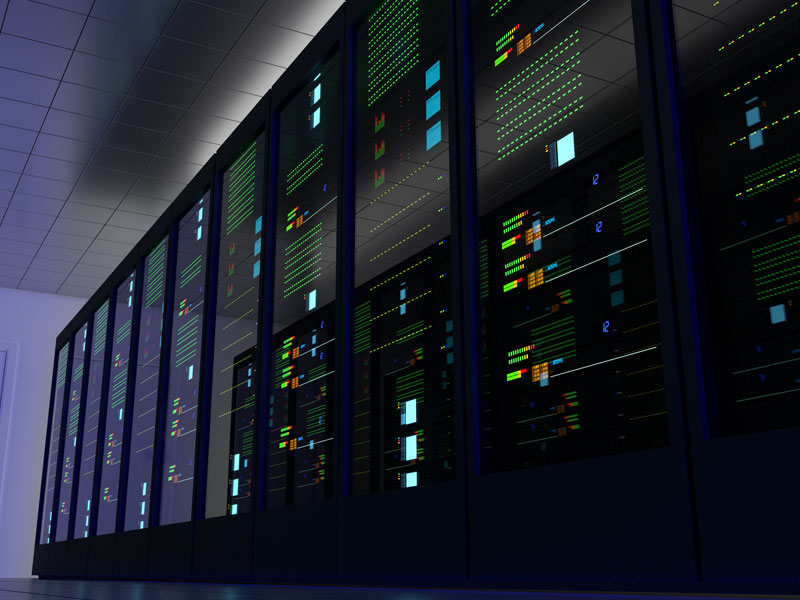It is a fact that several initiatives or pieces of legislation over the last decade have called for federal agencies to embrace IT innovation by updating their aging data center systems and cyber practices. Doing so is needed to improve efficiency, control costs, and minimize security vulnerabilities. What is not fact are the reasons agencies have cited for noncompliance.
As seen in a recent U.S. Government Accountability Office report which examined government data center modernization efforts, progress toward achieving the goals outlined in the 2016 Data Center Optimization Initiative (DCOI) is mixed.
The report looks at achievements across 24 participating federal agencies and found that as of August 2018, only 13 had met or plan to meet their data center closure and related savings goals by the established deadline. Eleven agencies reported having no modernization plans to meet their goals. Also, all 24 agencies reported limited progress against the Office of Management and Budget’s optimization targets for server utilization and automated monitoring, energy metering, power usage effectiveness, facility utilization, and virtualization.
It appears that many data center professionals within the federal government perceive modernization to be unnecessary, too difficult, or too expensive. Some also suspect that inaction is due to a lack of market pressures like those that impact private sector data centers. Here are why those perceptions are not reality.
Scalable Infrastructure Makes Modernization Easier
Because the federal data center system is supporting the world’s largest government, which supports the world’s largest economy in the interest of the world’s third-largest population, a disruption could be catastrophic, making the concept of modernization seem like a threat to continuity. In fact, the opposite is true. By not updating data center technology, the risk of downtime rises as do inefficiencies, costs, and security vulnerabilities.
Fortunately, today’s IT systems are built for incremental, modular growth that doesn’t necessarily require significant scheduled downtime for the transition. Legacy systems can be phased out over time to meet changing data center needs. Now, systems are designed to tightly integrate power, cooling, monitoring, and management infrastructure into modules that are virtually plug-and-play. The systems can be built in rack, row, or aisle configuration and can leverage prefabrication to ensure rapid deployment that further simplifies modernization efforts.
Simply put, modernization isn’t the intimidating, paralyzing prospect it might have been a decade ago.
Inaction Is Likely More Expensive than the Cost to Modernize
The cost to modernize data centers is a complicated consideration for federal agencies given that sizable capital investments are likely to be scrutinized by members of congress during the federal budget approval process. But make no mistake, the price tag for inaction could be even larger.
According to IDC Government Insights, the average cost of technology per federal employee is approximately $9,000 more than the typical industry spend, and operating or maintaining legacy systems is likely a key reason for this disparity.
Having up-to-date technology in federal data centers not only serves to minimize the threat of costly unplanned downtime, but a compelling total cost of ownership (TCO) calculation can be made when you also consider other operational enhancements that come along with modernization such as increased efficiency, simplified operation, and reduced service.
Technological Evolution Drives the Need for Modernization
While legacy systems may work now, they likely won’t in the near future. In fact, the “if it ain’t broke, don’t fix it” argument is specious on many levels.
Simply being functional is far from having a technology asset that can effectively support the computing needs of a federal agency. Even equipment that dates back 5-10 years is significantly less efficient, reliable and secure than today’s newer, smarter technology. This equipment will also require more service which can be both expensive and disruptive.
Additionally, riding outdated infrastructure also ignores the reality that, like data centers around the world, federal agencies may need to adopt more distributed network models that put computing power closer to end users to reduce latency and speed service delivery.
Let Experience Be Your Guide
While modernization may seem daunting upon initial consideration, it can be much simpler than you might imagine, especially if you choose to work with third-party experts.
Vertiv and its partners have been supporting federal government agencies for more than 20 years. Our team not only has deep domain expertise, but it understands how to navigate TAA and BAA requirements.
Partnering with Vertiv will allow you to become an advocate for modernization and help your organization realize its performance, security and savings goals. Get more information by downloading our Federal Data Center Modernization white paper or contact our federal sales team today.






